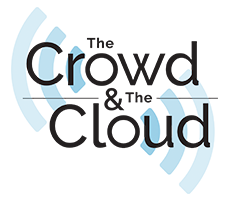
Newsletter
Sign up and stay in-the-know about The Crowd & The Cloud and the world of citizen science.

Even Big Data Starts Small
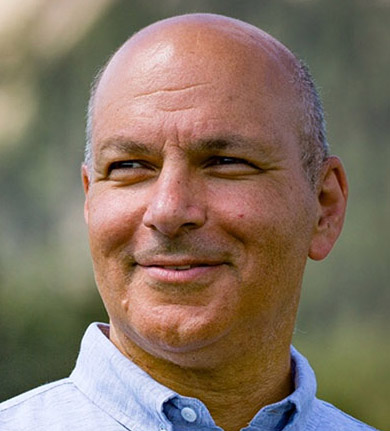
Data is information, and the lifeblood of today’s economy, society and science. Government agencies, universities and research groups collect massive amounts of big data. But what about “small data,” the specific, localized information that a rancher in drought-ridden Texas needs to save his cattle, or relief workers in Nepal need to get emergency supplies to victims in remote mountain villages? Who’s collecting that data and how can it be used to make a difference in the lives of those threatened by forces beyond their control? Series host Waleed Abdalati introduces the potential of “Citizen Science in the Digital Age.”
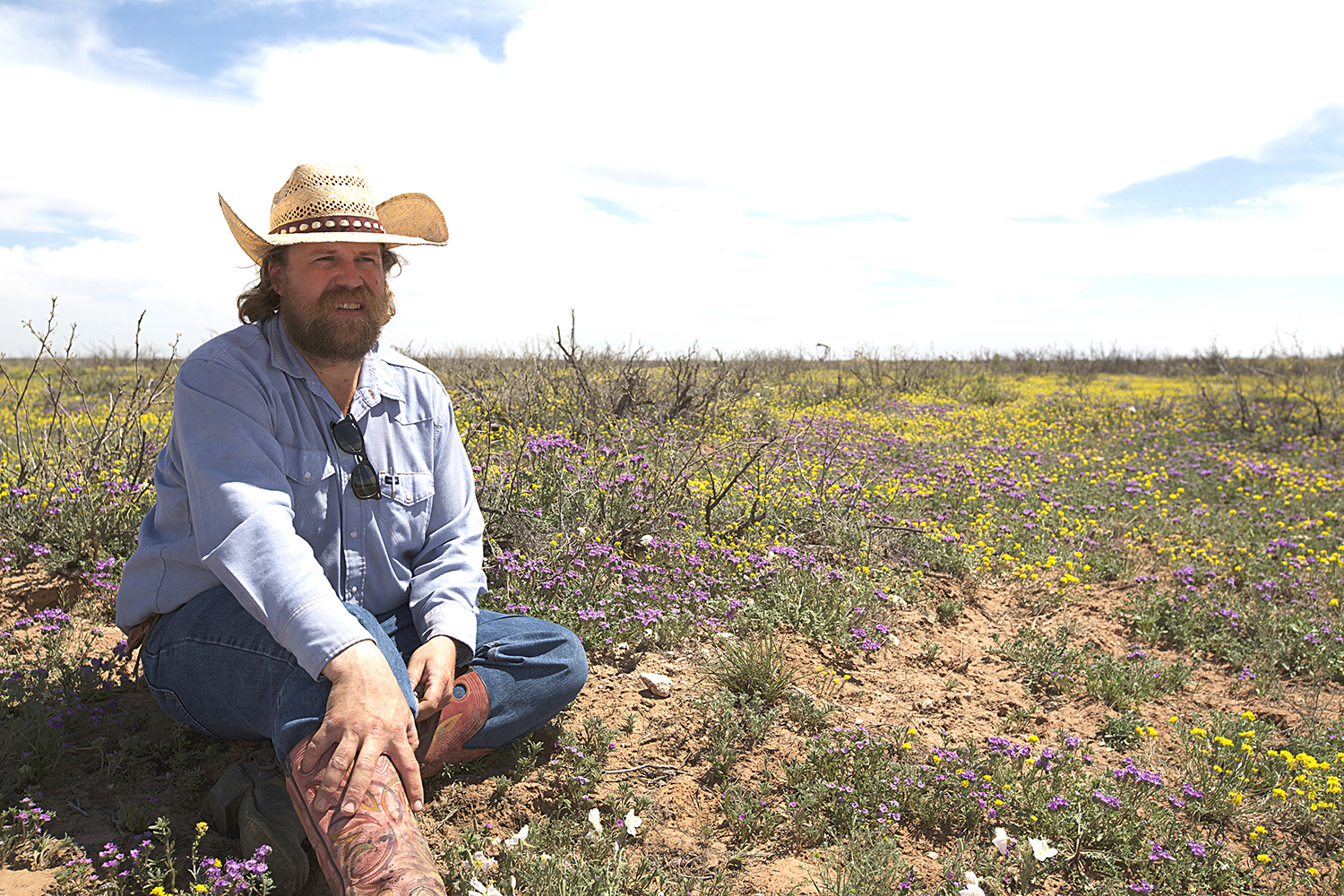
CoCoRaHS
July 1997, Ft Collins, CO: 14+ inches of rain in one of the heaviest storms recorded in the city resulted in flooding that killed 5 people and destroyed over 200 homes. And no one saw it coming. Nolan Doesken, Colorado state climatologist, anguished over the disaster and vowed never to be so unprepared again, founding CoCoRaHS (the Community Collaborative Rain, Hail, and Snow Network). Today, over 20,000 volunteers across North America measure precipitation on a daily basis. Their data is used by the National Weather Service to fill in gaps in their monitoring, and report local details that radar can miss. When extreme weather hits, emergency managers turn CoCoRaHS data into life-savings alerts. With this network in place, Nolan says, “Maybe those of us who suffered back in 1997 from a flood that we were ill-prepared for, maybe we really are making a difference.”
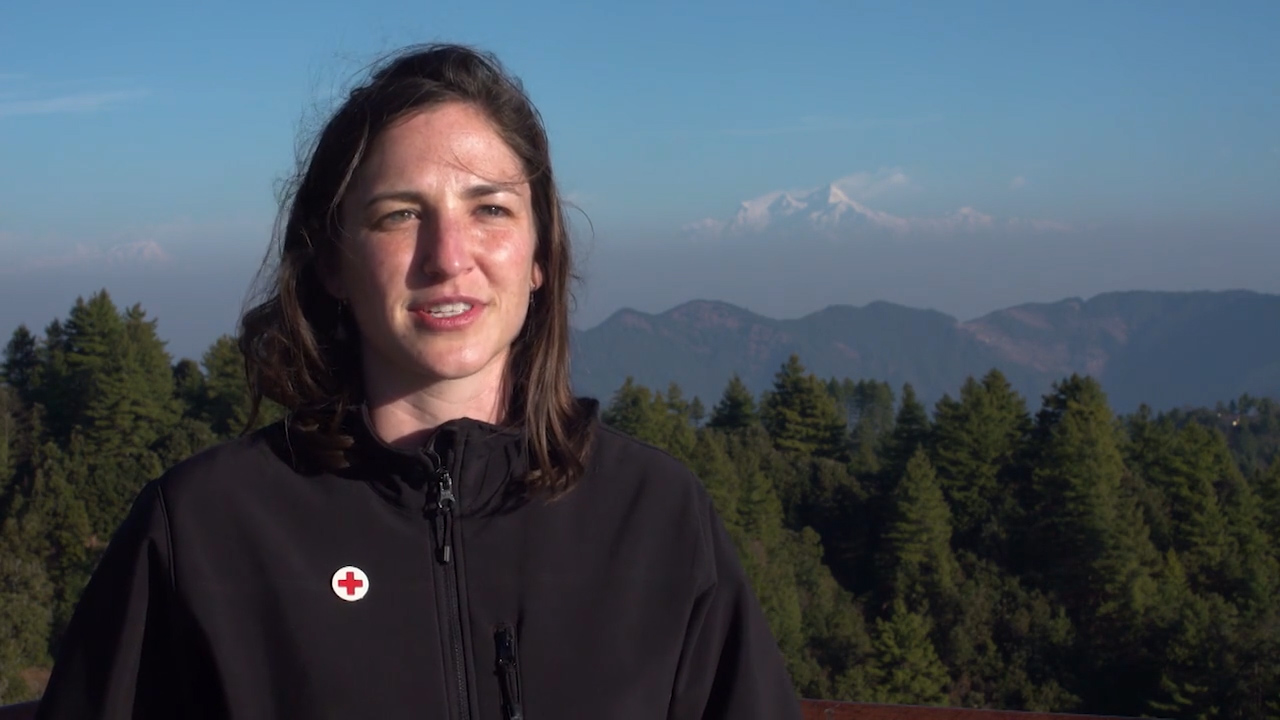
OpenStreetMap
“I don’t even want to remember that day,” says Nama Budhathoki, Director of Kathmandu Living Labs in Nepal, still troubled by memories of the terrifying shocks of the 7.8 magnitude Ghorka earthquake. Based on Nepal’s unique geologic profile, Nama and many others knew earthquakes were likely. They also knew that the lack of maps, combined with streets without names and buildings without numbers, would hamper the efforts of emergency responders. So map-making became an essential part of disaster preparedness. An online tool called OpenStreetMap would enable mappers on the ground in Nepal as well as volunteer mapmakers around the world to participate in the effort. The goal: to map every single street and building, down to the last lamppost and water tap in Kathmandu and its surrounding area. With thousands of volunteers from around the world logging on to help HOT, the Humanitarian OpenStreetMap project, first responders like Jenelle Eli from the Red Cross were able to speed resources to the people most affected by the earthquakes.
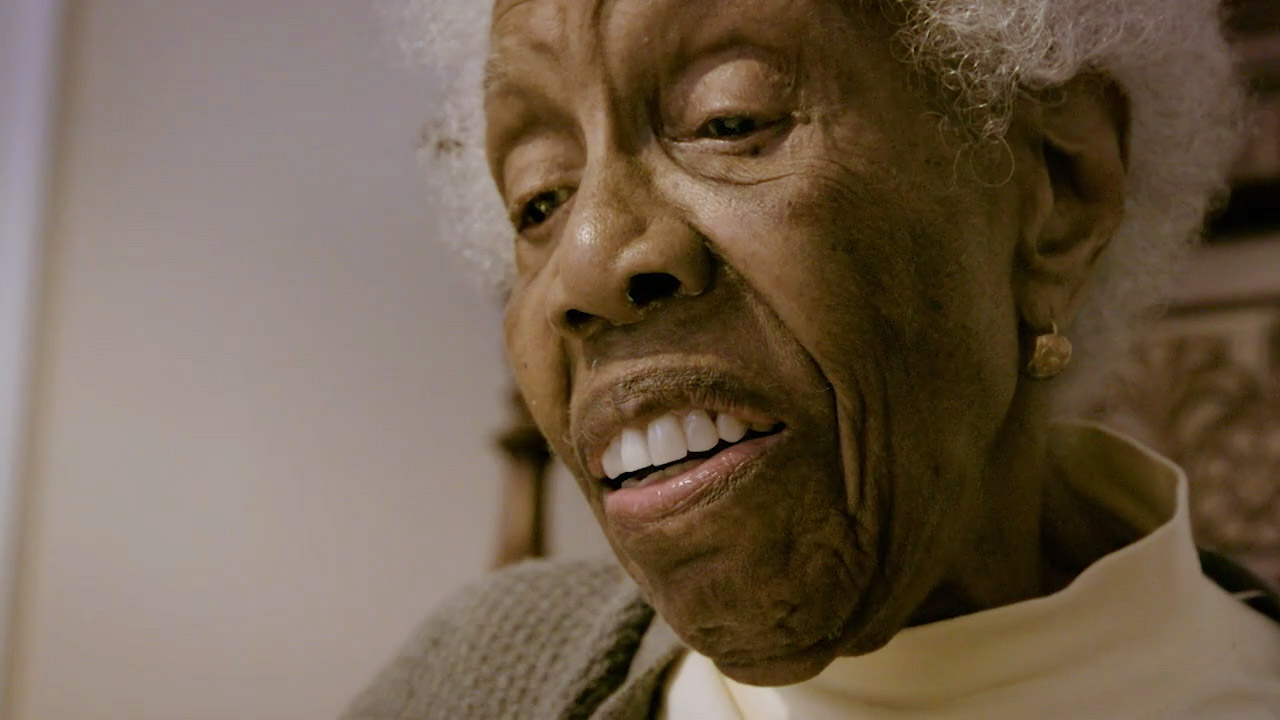
EyesOnALZ
The Johanson and Lovell families share emotional insights into how Alzheimer’s is impacting their lives. Evadene and Steve are just two of the 5.2 million Americans with the disease. At Cornell, biomedical researchers are working to understand why brain blood flow is reduced in Alzheimer’s patients. Using advanced optical instruments, they’re scanning the living brains of Alzheimer’s-afflicted mice. Their challenge: timely analyses of the tremendous amounts of data their lab is producing. The solution: EyesOnALZ, a citizen science project that enlists the crowd to help speed up the data analysis, cutting what would otherwise take one year to just 1-2 weeks. Based on two highly successful crowdsourcing projects, Stall Catchers is an online game where players help all those fighting to find cures for this dreadful disease.
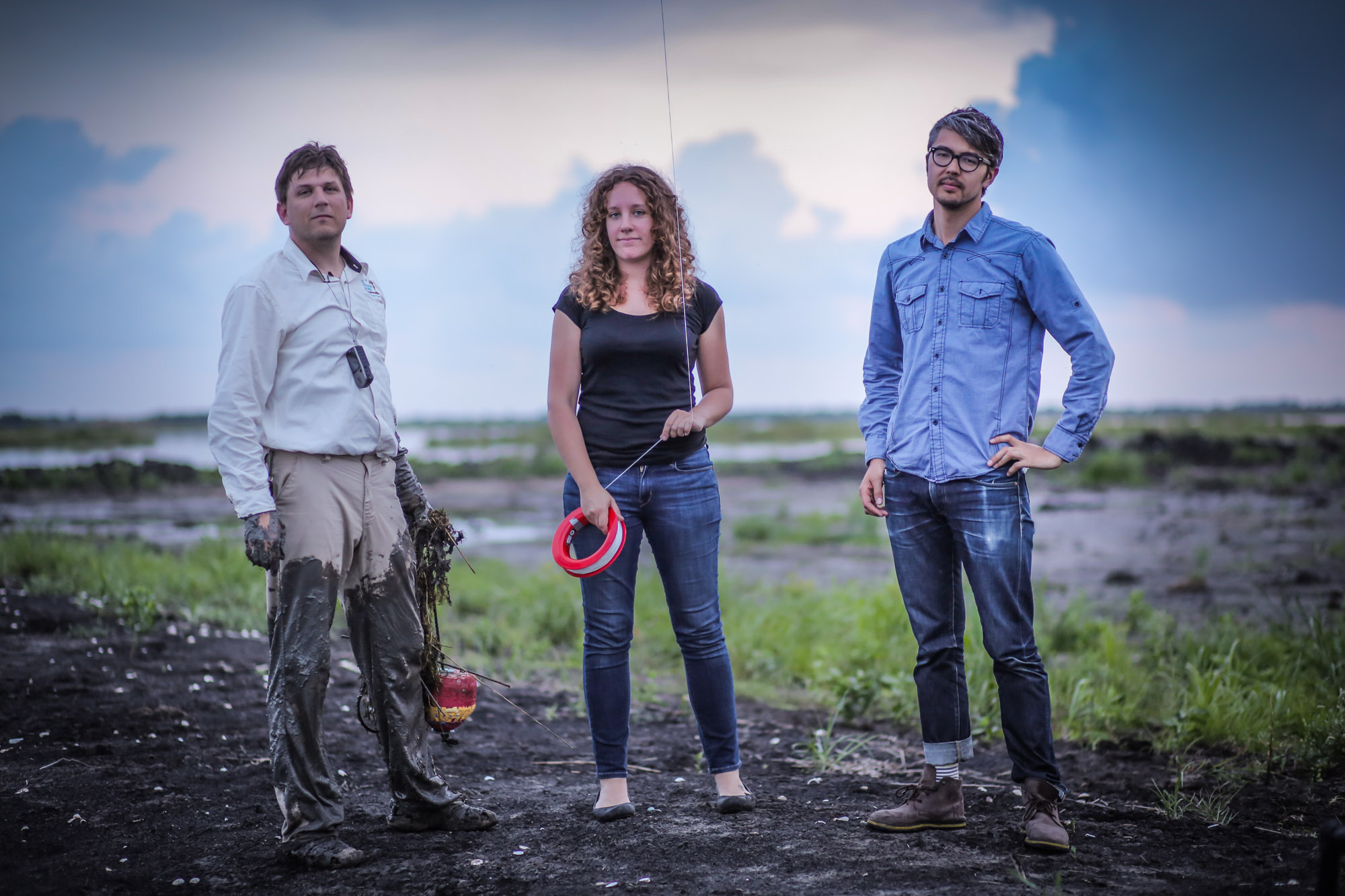
Public Lab
On April 20, 2010, an explosion on BP’S Deepwater Horizon oil rig in the Gulf of Mexico killed 11 workers and injured 17 others. It was the worst spill in U.S. history, but while the oil was spreading, information about what was happening was contained. That’s when citizen scientists Shannon Dosemagen, Scott Eustis and Jeff Warren set out to collect and share timely, relevant, hyper-local information. Using DIY techniques and tools, off-the-shelf cameras flying below balloons and kites, they were able to get high-resolution images which they pieced together for the first comprehensive picture of the environmental damage. Since 2010, Public Lab has expanded its work across the USA and internationally. Shannon reflects, “The structure of Public Lab is helping to democratize science, making sure people are able to understand and are able to interpret what the data is saying, and are able to use it.”
